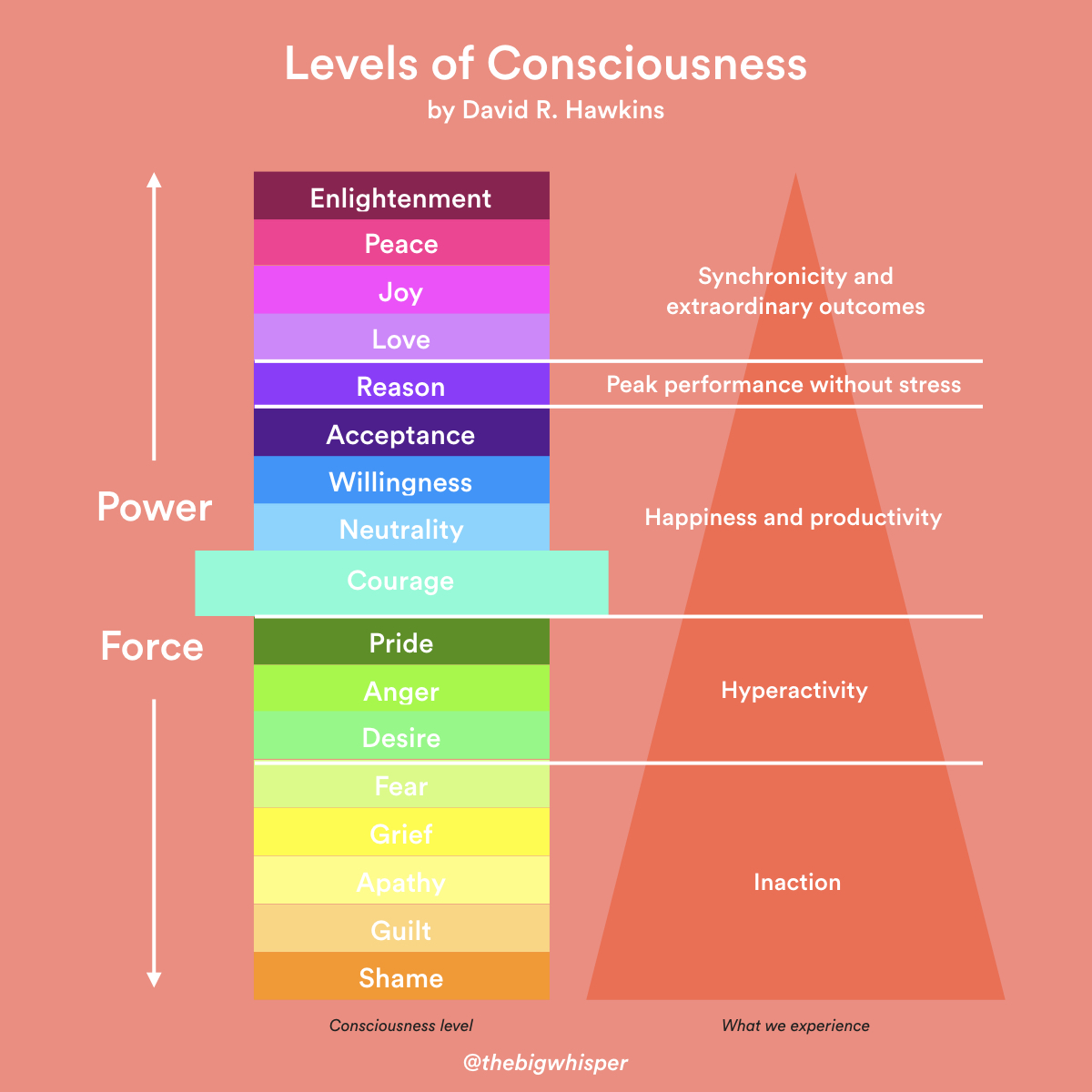

The same task with different strategies (and using different brain systems), and also that patients with medial temporal lobe It gradually became clear that animals and humans can approach In particular, animals with hippocampal lesions often succeededĪt tasks that were failed by patients with similar lesions. Not conform well to the findings for human memory and amnesia. However, these proposals differed from each other, and they came at a time when the findings in experimental animals did Or related structures ( Gaffan 1974 Hirsh 1974 O’Keefe and Nadel 1978). There were early suggestions in the animal literature that more than just motor skills were intact after lesions of hippocampus The view was that all of the rest of memory was impaired in H.M.

Yet, at the time, discussion tended to set aside motor skills as an exception,Ī less cognitive form of memory. Showed that memory is not a single entity. He learned rapidly and efficiently but on each test day had no memory of having practiced the task before. Unexpected when he proved capable of learning a hand–eye coordination skill (mirror drawing) over a period of 3 days ( Milner 1962). H.M.’s memory impairment was disabling and affected all manner of material (scenes, words, faces, etc.), so it was quite The resection included much of the hippocampus and the adjacent parahippocampal gyrus ( Annese et al. developed profound memory impairment following a bilateral resection of the medial temporal lobe, which had been performed Previous Section Next Section THE DISCOVERY OF DECLARATIVE AND NONDECLARATIVE MEMORY SYSTEMSīiological and experimental inquiry into these matters began with studies of the noted patient H.M. History shows that as biological information becomes available about structureĪnd function, understanding becomes more concrete and less dependent on terminology. Is, to how the brain actually stores information. Yet constructs founded in philosophy and psychology are often abstract and have an uncertain connection to biology, that Later, the artificial intelligence literature introduced a distinctionīetween declarative and procedural knowledge ( Winograd 1975). Thus, Ryle (1949) distinguished between knowing how and knowing that, and Bruner (1969) identified memory without record and memory with record. The terminologies differed, but the ideas were similar. These early proposals were often expressed as a dichotomy involving McDougall (1923) wrote about explicit and implicit recognition memory, and Tolman (1948) proposed that there is more than one kind of learning. Bergson (1910) similarly distinguished between a kind of memory that represents our past and memory that is not representational but neverthelessĪllows the effect of the past to persist into the present. In his Principles of Psychology, William James (1890) wrote separate chapters on memory and habit. The idea that memory is not a single faculty has a long history. Memory, nondeclarative memory, and the relationship between memory systems. Recounts the discovery of declarative and nondeclarative memory and then describes the nature of declarative memory, working Structures in the parahippocampal gyrus, as well as on the amygdala, the striatum, cerebellum, and the neocortex. These memory systems depend variously on the hippocampus and related Habits, skills, priming, and simple forms of conditioning. Long-term memoryĬan be separated into declarative (explicit) memory and a collection of nondeclarative (implicit) forms of memory that include One major distinction can be drawn between working memory and long-term memory. It is now clear that there are different kinds of memory, which are supportedīy different brain systems. The idea that memory is not a single mental faculty has a long and interesting history but became a topic of experimentalĪnd biologic inquiry only in the mid-20th century.


 0 kommentar(er)
0 kommentar(er)
